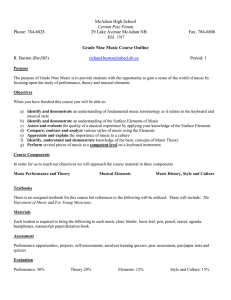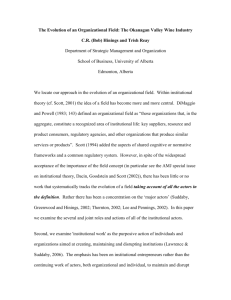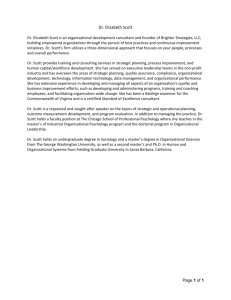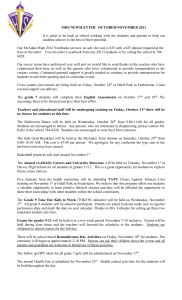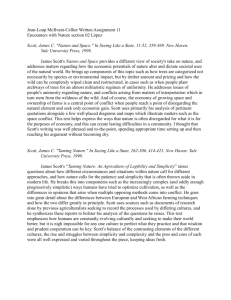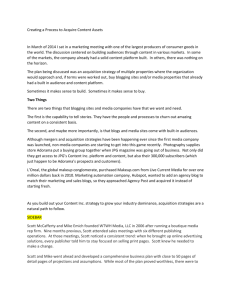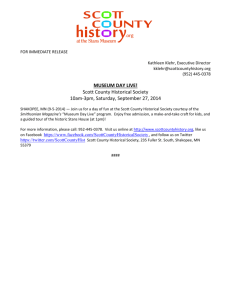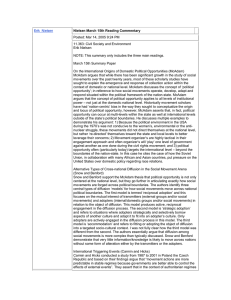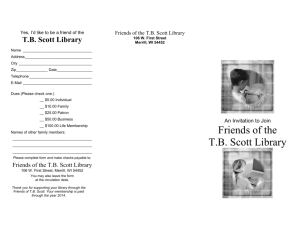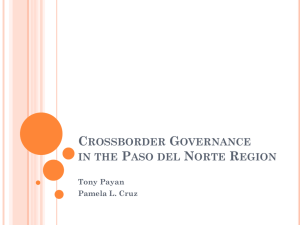Neo-Institutional Theory and External Actors/Challengers ©
advertisement
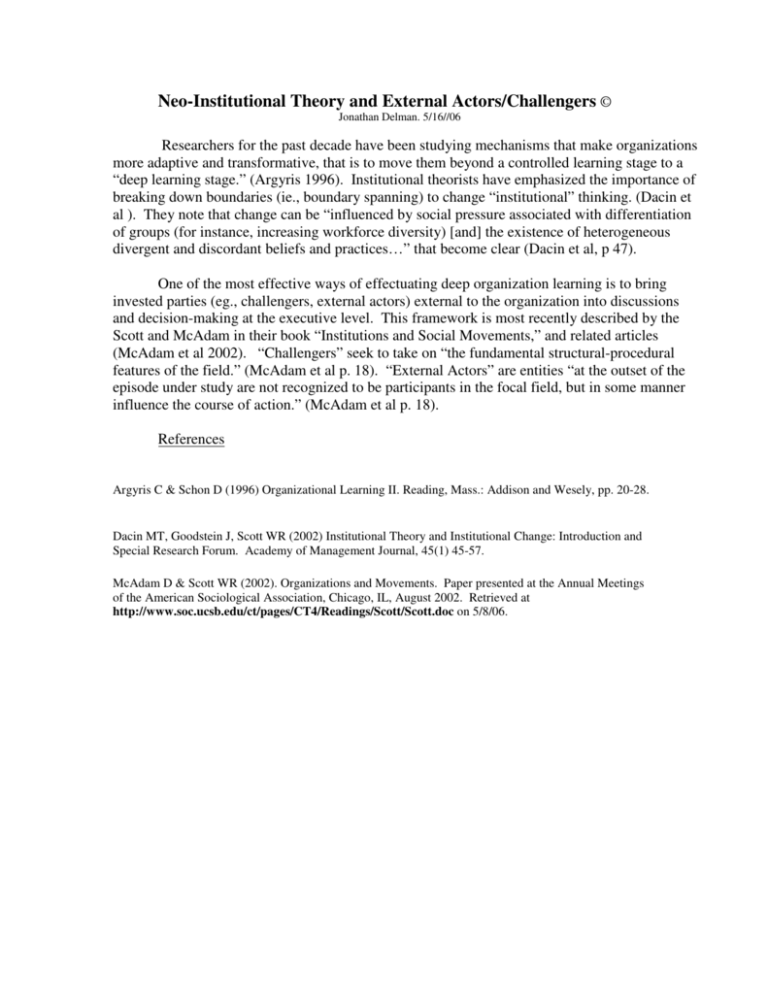
Neo-Institutional Theory and External Actors/Challengers © Jonathan Delman. 5/16//06 Researchers for the past decade have been studying mechanisms that make organizations more adaptive and transformative, that is to move them beyond a controlled learning stage to a “deep learning stage.” (Argyris 1996). Institutional theorists have emphasized the importance of breaking down boundaries (ie., boundary spanning) to change “institutional” thinking. (Dacin et al ). They note that change can be “influenced by social pressure associated with differentiation of groups (for instance, increasing workforce diversity) [and] the existence of heterogeneous divergent and discordant beliefs and practices…” that become clear (Dacin et al, p 47). One of the most effective ways of effectuating deep organization learning is to bring invested parties (eg., challengers, external actors) external to the organization into discussions and decision-making at the executive level. This framework is most recently described by the Scott and McAdam in their book “Institutions and Social Movements,” and related articles (McAdam et al 2002). “Challengers” seek to take on “the fundamental structural-procedural features of the field.” (McAdam et al p. 18). “External Actors” are entities “at the outset of the episode under study are not recognized to be participants in the focal field, but in some manner influence the course of action.” (McAdam et al p. 18). References Argyris C & Schon D (1996) Organizational Learning II. Reading, Mass.: Addison and Wesely, pp. 20-28. Dacin MT, Goodstein J, Scott WR (2002) Institutional Theory and Institutional Change: Introduction and Special Research Forum. Academy of Management Journal, 45(1) 45-57. McAdam D & Scott WR (2002). Organizations and Movements. Paper presented at the Annual Meetings of the American Sociological Association, Chicago, IL, August 2002. Retrieved at http://www.soc.ucsb.edu/ct/pages/CT4/Readings/Scott/Scott.doc on 5/8/06.
